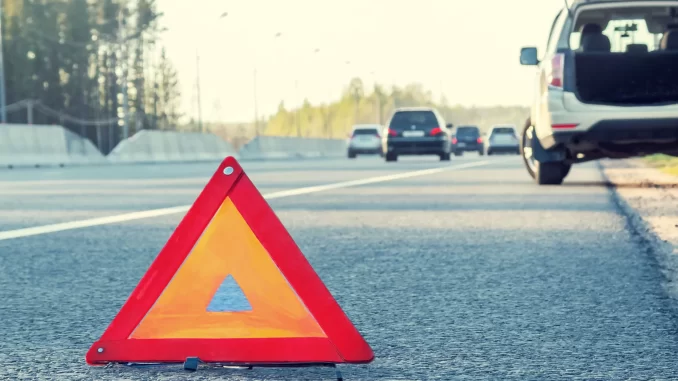
New York State is set to significantly enhance road safety with an expansion of the Move Over Law which will go into effect on March 27. The updated law broadens its reach to include all stopped vehicles on the roadway, whereas the original version of the law only applied to emergency vehicles.
According to the state Department of Transportation, from 2016 to 2020, thirty-seven people standing near their disabled vehicle were killed, and 300 people nationwide are killed roadside annually. Under the new regulations, drivers will be required to either change lanes or slow down when nearing any stopped vehicle.
The law first became effective in 2010 to prevent collisions with emergency vehicles that were stopped on the roadway. The law has been expanded several times to also cover hazard vehicles, highway worker vehicles, and tow trucks. In 2023, Governor Kathy Hochul signed a bill to further strengthen the law by including this protection for all vehicles stopped on the roadway. Under the law, when a driver is approaching a vehicle stopped along either shoulder of the road, they should either change into a lane not immediately adjacent to the vehicle. If they cannot safely make that lane change, then they must slow down to a reasonable speed.
“The safety of all New Yorkers is my top priority, especially those pulled over to the side of the road,” Hochul said. “If you see that you are approaching a disabled vehicle, slow down and move over as best you can to give them some space.”
“You never know when you may need to pull over, but when you do, we want to make sure you can do so without putting yourself or others in harm’s way,” added Mark J.F. Schroeder, commissioner of the Department of Motor Vehicles and chair of the Governor’s Traffic Safety Committee.
New York State Police Acting Superintendent Steven G. James added, “The New York State Police remains committed to keeping our roadways safe – for those who travel them, and for those who work on them. By expanding the Move Over Law and vigorously enforcing its provisions, we will be able to further improve safety for all who utilize our roads throughout the state.”

